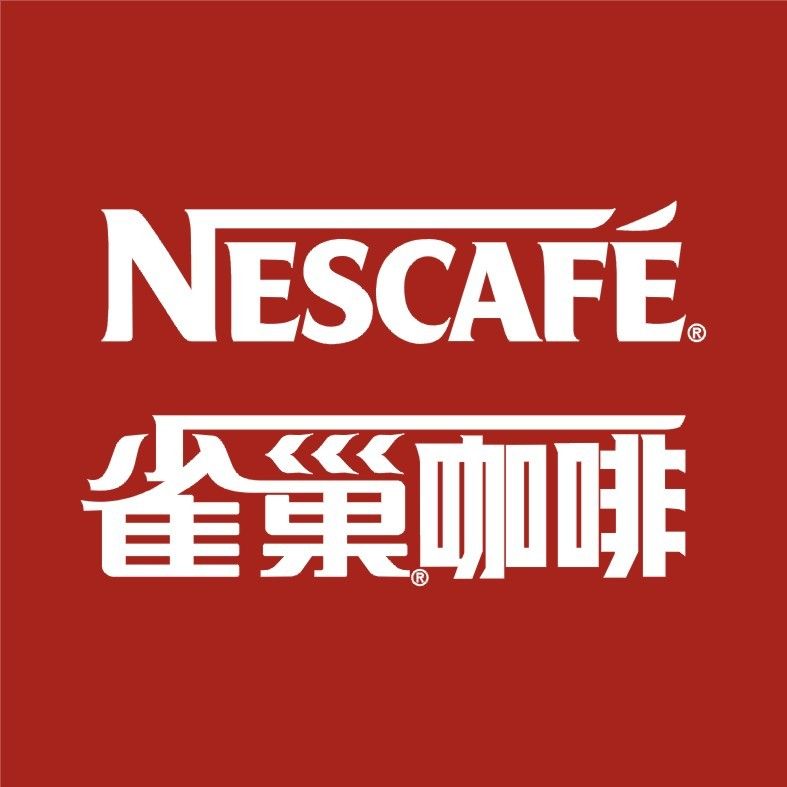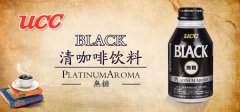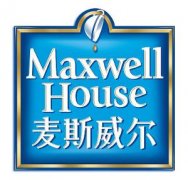Brief introduction of Nestle Coffee Brand

Nestle coffee
Nestle Coffee originated in 1930. When the Brazilian government came into contact with Nestl é, coffee authority Max Morgentel immediately set out with his research team to develop a way to mix with water while maintaining the original flavor of the coffee juice. After seven years of research in a Swiss laboratory, they finally found the answer. Nestle Coffee has become a world-famous brand. In April 2012, Nestle Coffee was accused of excessive carcinogens. Nestl é China issued a statement saying, "Nestl é has been strictly abiding by Chinese laws, regulations and industry standards, as well as Nestl é's strict international quality assurance regulations."
Course of development
The origin of the Nestle Group can be traced back to Switzerland in 1866. In 1867, Mr. Henry Nestle, a Swiss chemist, was the first to invent the world's first baby food, milk cereal. One day, a friend who was a doctor brought a baby born a month prematurely. He couldn't eat and was so weak that he was abandoned. Mr. Henry Nestle took in the child and fed him his own milk cereal. The little life was saved. The good news soon spread locally and was known to mothers, midwives and doctors. Later, Nestle's "magic products" spread all over the world and became very popular, becoming a high-quality food to help children grow up healthily, leading them to a better life, "quality food, a better life". Wish and mission are the promise of "choosing quality and Nestle".
When the coffee was first developed, the new product was named Nescafe (Nestle Coffee), meaning the perfect combination of Nestl é and coffee. We first introduced Nestle Coffee to the Swiss market on April 1, 1938. In the following five years, World War II hindered the successful expansion of Nestle Coffee in Europe.
After its first launch, Nestle coffee was quickly exported to France, the United Kingdom and the United States. Unwittingly, Americans played an important role in the re-launch of Nestle Coffee on the American market. The reason is that Nestle coffee was included in their food rations at the time. Nestle coffee became more and more popular after World War II, and by the 1950s it had become the drink of choice for teenagers who flocked to cafes to listen to rock music.
According to authority estimates, on average, nearly 5500 cups of Nestle coffee are drunk per second. I'm sure you'll agree that Nestle Coffee has come a long way since 1938, and each of us has benefited a lot from the research work of Max Max Morgenthaler and his colleagues.
Brand LOGO
The design of Nestle Coffee LOGO is full of warmth and hope. With the original coffee color as the background, it embodies the unique color of coffee; it is embellished with white and special letters to give people a unique fragrance and warmth of milk; with a round shape, it embodies the feeling of smoothness and delicacy, like coffee in the mouth. These flavors blend together, like a strong fragrance pulling my mind, it seems to let me share dreams and hopes, as long as you want to always have the light of "Nestle Coffee" to guide you. A cup of Nestle is refreshing and delicious. Trust my taste, Nestle you and I common choice.
Nestle Corp.
Current situation of the enterprise
Nestl é has annual sales of more than $47.7 billion, about 95% of which comes from food sales, so Nestl é is the world's largest food manufacturer and one of the largest multinational companies. The company is famous for producing chocolate bars and instant coffee and has a wide range of products suitable for the local market and culture.
Nestl é has more than 400 factories in more than 60 countries on five continents, and the production and sales of all products are completed by more than 200 departments under the leadership of the headquarters. Ninety-eight percent of Nestle's sales come from abroad, so it is called an "international multinational group".
Enterprise evaluation
Step on the footprints of the Giant
Nestl é has successively built its own factories in Tianjin, Qingdao and Dongguan in China. In the fall of 1999, Nestl é successfully acquired 80% of the shares of Dowler Group. After that, Nestl é established a joint venture Sichuan Haoji Food Co., Ltd. in 2001 in cooperation with Haoji, the second largest chicken essence manufacturer in China.
Nestl é's aggressive posture in the market has put tremendous pressure on its competitors, and an executive of a domestic dairy company described Nestl é as a "giant" in the food industry, ready to launch an offensive in related competitive areas.
And some of Nestl é's competitive strategies are being emulated by Nestle's competitors. Lishen Coffee, which is developed with the support of the government, regards Nestl é as a leading brand in the industry, emphasizing the need to learn from Nestle's methods of cultivating the market, brand promotion strategies, and even Nestle's technical means in raw material selection and processing, through learning, to promote their own development.
Nestle China
Company profile
Nestle Group, which is located in Switzerland, is the largest food company in the world and has a long history in China. For a century, Chinese consumers have known and trusted the Nestle brand because Nestl é opened its first sales office in China in Shanghai as early as 1908 in the last century. Nestl é is one of the first foreign businessmen to enter China and has a firm commitment to China. In the early 1980s, Nestl é began talks with the Chinese government to invest in and build a factory in China, and transfer its world-class know-how and rich expertise in nutrition and food processing to China. In 1990, Nestl é opened its first joint venture factory in Chinese mainland, and has since built a number of factories. Nestl é has helped China save a lot of foreign exchange by using local raw materials to produce equally high-quality food locally instead of imported products. Ninety-nine per cent of the products Nestl é sells on Chinese mainland are made locally.
In the past 17 years, Nestl é's direct investment in Greater China from Switzerland has totaled 7 billion yuan.
Nestle Greater China is headquartered in Beijing and operates 21 factories. of these, four are in Shanghai, three in Guangdong Province, four in Tianjin, three in Sichuan Province, two in Shandong Province, one in Heilongjiang Province, one in Jiangsu Province, one in Inner Mongolia Autonomous region and one in Beijing, and one in the Hong Kong Special Administrative region. In 2001, Nestl é established the Shanghai Nestl é R & D Center in Shanghai. The R & D center is committed to applied science and technology and nutrition research, and to develop nutritious foods that Chinese consumers like and suit their tastes and spending power.
In 2006, Nestl é's annual sales in Greater China reached 11.9 billion yuan and paid various taxes of about 1.1 billion yuan.
Since the establishment of the company, Nestle's basic way of doing business has been to promise the value of long-term sustainable development to all parties concerned.
No matter where the new business is launched in the world, Nestl é always focuses on long-term sustainable business development, rather than just short-term profits. In China, Nestl é has greatly improved the living standards of remote Chinese farmers by actively developing and developing local sustainable fresh milk production and coffee cultivation.
Course of development
Nestl é solemnly promises to the Greater China region: we will work with the Chinese people to make our greatest contribution to China's brilliant future.
Nestle Eagle condensed Milk is the first registered trademark in Hong Kong.
Nestl é opens a trade office in Shanghai.
Nestle products Co., Ltd. was established in Hong Kong.
Taiwan Nestle Co., Ltd. was established.
Nestle's first office opened in Guangzhou
Nestle's first joint venture, Shuangcheng Nestl é Co., Ltd. was established (Heilongjiang Province).
Shuangcheng Nestle Co., Ltd. was put into production.
Nestle Milk Hong Kong Limited established
Dongguan Nestle Co., Ltd. Put into production.
Six more factories were put into production this year.
Nestl é China headquarters is established in Beijing.
In Shanghai, it has a joint venture with Dole Group (Nestl é has an 80% stake).
Establish Nestl é Greater China business structure (Chinese mainland, Hong Kong, Macau, Taiwan).
Signed a joint venture agreement with Hogi Group in Sichuan Province (60% stake in Nestl é)
Set up Nestl é R & D center in Shanghai.
The Hogi joint venture began to operate.
Acquisition of Meilu's milk factory in Erguna (Inner Mongolia Autonomous region).
Important Notice :
前街咖啡 FrontStreet Coffee has moved to new addredd:
FrontStreet Coffee Address: 315,Donghua East Road,GuangZhou
Tel:020 38364473
- Prev

Yau Shi Shi Japan's world famous brand coffee
Brand introduction: brand name: UCC belongs to the country: Japan UCC coffee is a world-famous brand coffee produced and sold by UCC Uajima Coffee Co., Ltd., which is based on coffee beans carefully cultivated and planted at a fixed point. After 80 years of painstaking study of coffee. In order to offer you a cup of delicious coffee anytime, anywhere, UCC Group has paid
- Next

Maxwell Coffee is a world-famous century-old coffee brand.
Maxwell, which usually refers to Maxwell coffee, is called Maxwell House in English. As a world-renowned century-old coffee brand, Maxwell selects 100% imported coffee beans and uses a unique deep baking process to provide consumers with a perfect product line (three-in-one instant coffee, mellow coffee and coffee partners, gift boxes). High-quality coffee
Related
- What brand of black coffee is the most authentic and delicious? what are the characteristics of the flavor of the authentic Rose Summer Black Coffee?
- Introduction to the principle and characteristics of the correct use of mocha pot A detailed course of mocha pot brewing coffee is described in five steps.
- Which is better, decaf or regular coffee? how is decaf made?
- How much is a bag of four cat coffee?
- How about four Cat Coffee or Nestle Coffee? why is it a cheap scam?
- Which is better, Yunnan four Cats Coffee or Nestle Coffee? How about cat coffee? is it a fake scam? why is it so cheap?
- How about Cat Coffee? what grade is a hoax? which instant coffee tastes better, four Cat Coffee, Nestle Coffee or G7 coffee?
- Process flow chart of coffee making-Starbucks coffee making process what coffee tastes good at Starbucks
- The top ten best coffee beans in the world Rose summer coffee or Tanzanian coffee tastes good
- Yunnan four cat coffee is good to drink?_four cat coffee is a big brand? four cat blue mountain coffee is fake?

